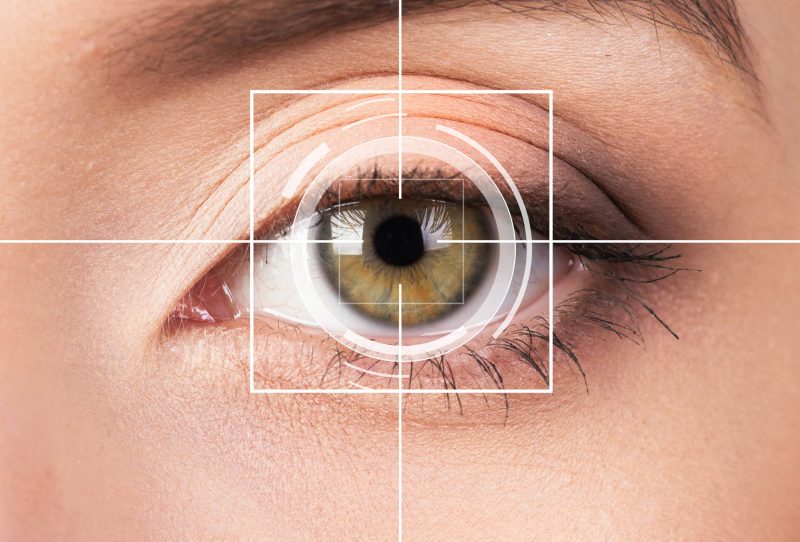If you prefer to order takeout online rather than by phone, you may want to read this. Your favorite restaurant’s online menu could soon become another concern if you are worried about digital privacy. To generate revenue, remote eye-tracking technology is being developed to analyze how consumers navigate online menus in research settings.
Videos by Suggest
Revenue Management Solutions developed the ground-breaking technology in collaboration with the Center for Marketing and Sales Innovation (CMSI) at the University of South Florida and CMSI Director and Study Primary Investigator Dr. Rob Hammond. They hope this technology improves online ordering and increases restaurant profitability.
Revenue Management Solutions tested the eye-tracking technology in an online menu study with TGI Fridays. As a result, the study revealed countless ways for restaurants to maximize their sales online.
Remote Eye Tracking Uncovers Selling Opportunities
Revenue Management Solutions tested the eye-tracking technology in an online menu study with TGI Fridays. As a result, the study revealed countless ways for restaurants to maximize their sales online.
With the Center for Marketing and Sales Innovation (CMSI)’s help, iMotions developed a new technology that assisted in collecting information for the online menu study. Thus, participants could use their webcams to keep track of data as they ordered from TGI Friday’s online menu.
The data was closely analyzed using emotional artificial intelligence tools. Additionally, participants were asked to recall their “ordering journey” and “total spend” before and after the study.
What conclusions did the online menu study draw? Among the key findings of the remote eye-tracking study was the existence of a persistent blind spot on the left side of the menu. In their navigation of TGI Fridays’ online menu, participants followed a “T” pattern. In consequence, this resulted in participants missing items on the left side of the menu 50% of the time.
Furthermore, the online menu study provided evidence of a distinct “buyer journey” that may lead to suggestive sales opportunities as the buyer engages with the menu.
There were four key phases in each “buyer’s journey,” allowing suggestive selling to take place.
- Familiarization: Participants in the study scanned the menu
- Exploration: Participants narrowed down their choices and evaluated them further.
- Affirmation: Participants would add items to their shopping carts while browsing the menu to add or search for additional items.
- Confirmation: Participants completed their checkout.
The remote eye-tracking study revealed that participants tended to change their orders more frequently during the exploration and confirmation phases of the buyer’s journey. Moreover, Ryan Garner, the data architect for Revenue Management Solutions, also noted that “Yet most suggestive selling happens during checkout. If these results translate across many menus—and we anticipate that they will—it could be a game-changer for operators.”
Remote Eye-Tracking The New Normal?
The Chief Experience Officer at TGI Fridays, Sara Bittorf, is noticing a positive shift in how consumers interact with online menus. Moreover, she asserted, “The research has already given us tools to improve the guest experience and increase menu profitability. We’re looking forward to exploring further menu engineering insights as the research proceeds.”
However, more research is necessary before remote eye-tracking technology can gain traction. Furthermore, the technology has to be examined as to how it is implemented for navigating different brands’ menus.
